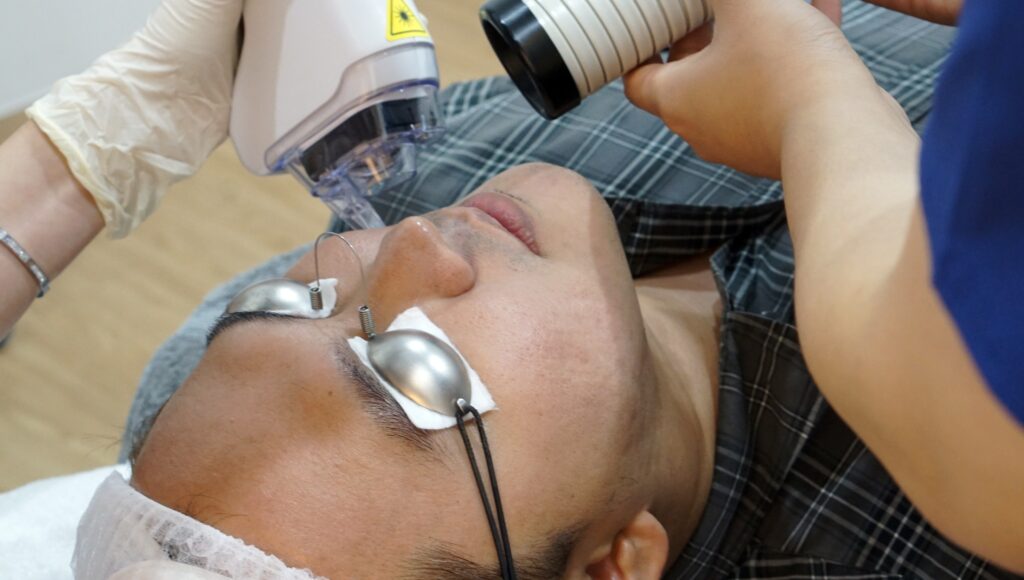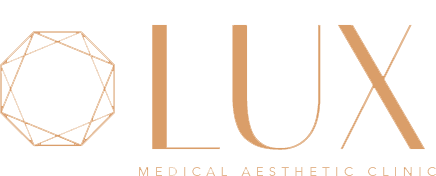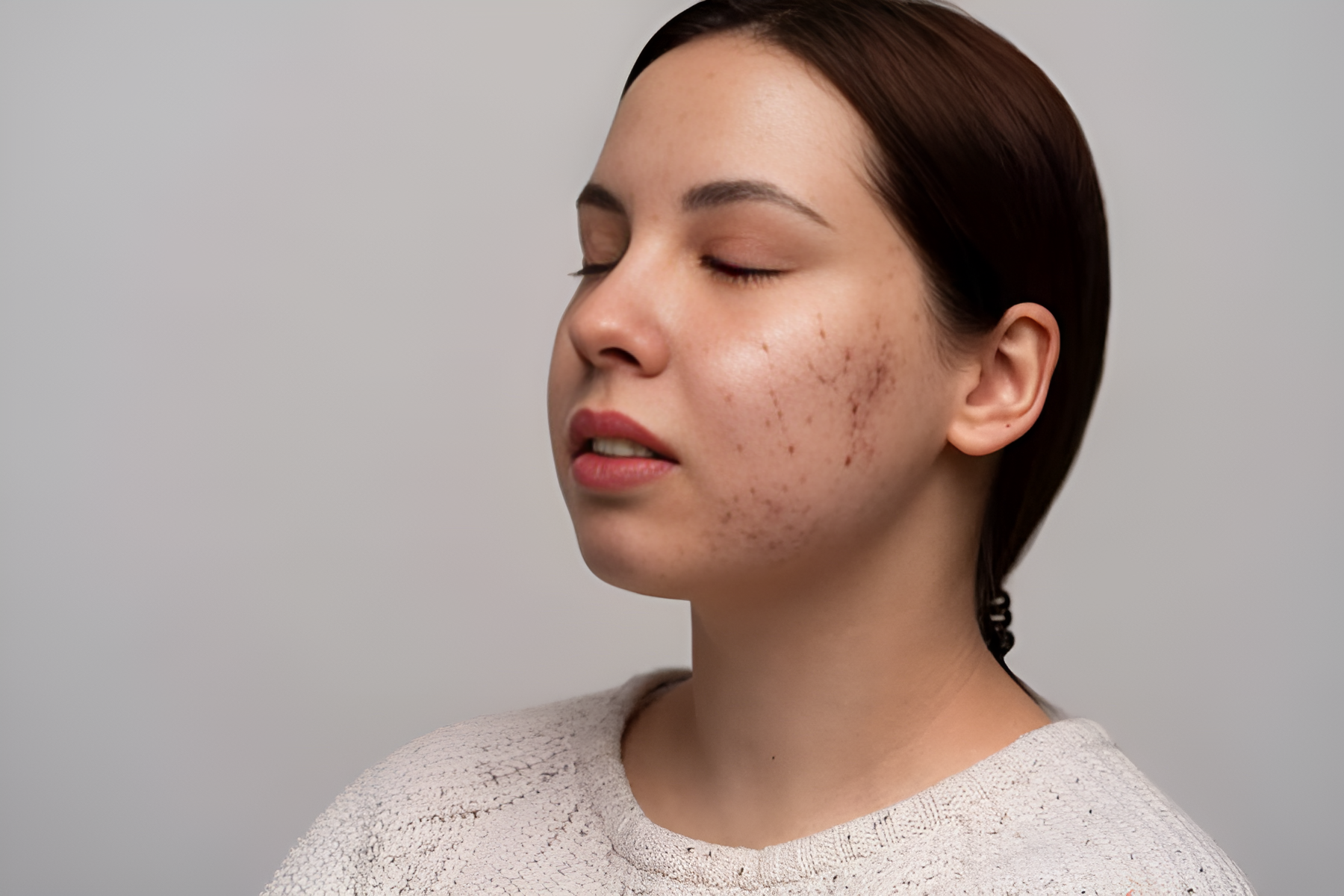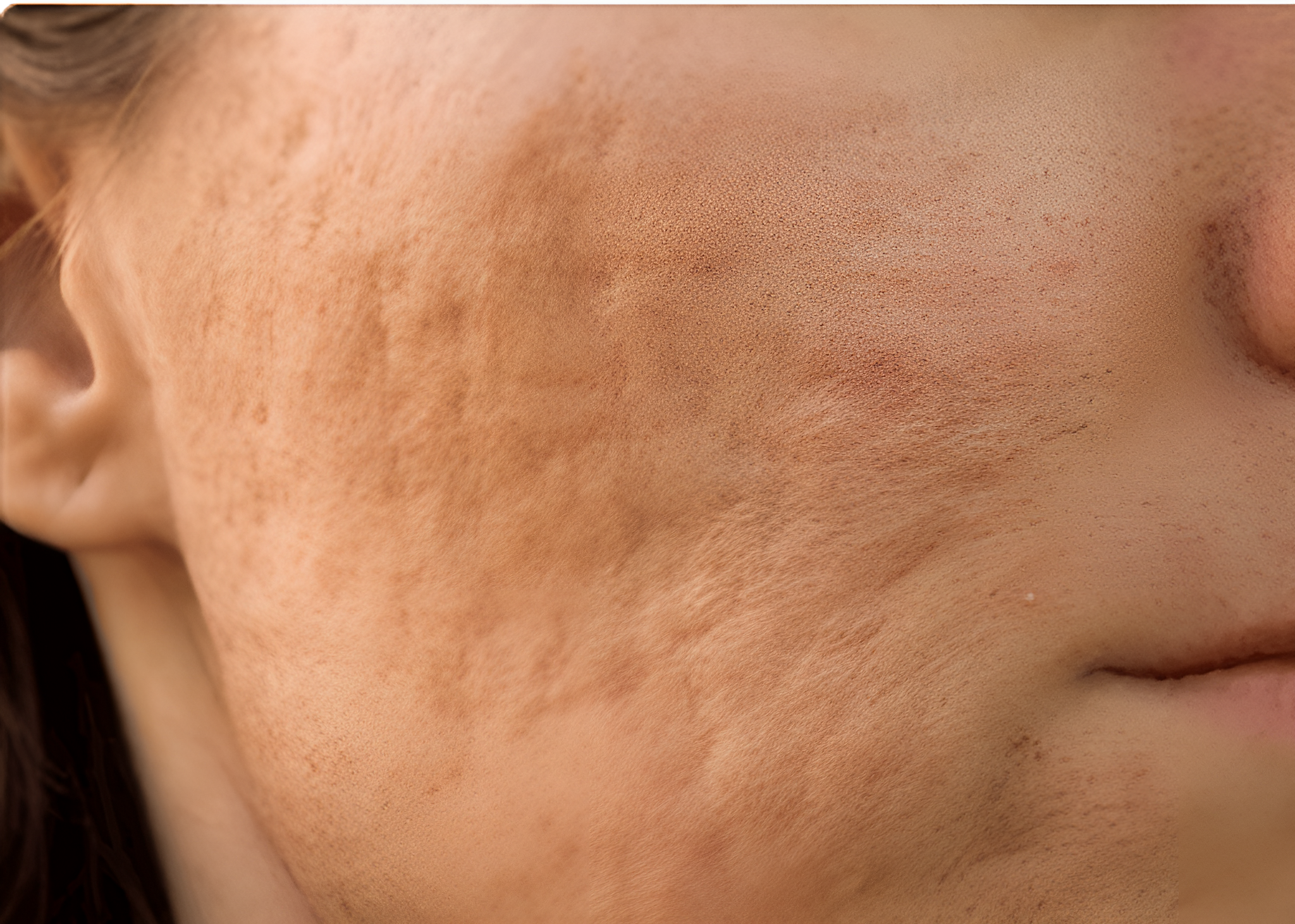Everyone wants clear and smooth skin. The reality is it can sometimes be hard to achieve without some intervention, especially for people experiencing acne. There are scars acne can leave behind, and one of them is rolling scars. This atrophic scar is characterised by indents formed in the skin that give it a wavy, uneven texture.
If you’re looking for a treatment to reduce the appearance of rolling acne scars, then this blog is for you. Learn about this particular type of scar and get practical advice on managing and potentially reducing their appearance. You’ll also learn five essential tips for improving your skin texture and reducing the impact of these scars.
What Are Rolling Scars?
Rolling scars are a type of acne scar that appear as wave-like depressions on the skin. They are typically wider than other acne scarring and have a rounded, irregular shape. These scars form when fibrous bands of tissue develop between the skin and the underlying subcutaneous tissue, pulling the epidermis down and creating a rolling or undulating appearance.
Rolling acne scars are distinct from other types of depressed acne scars (atrophic scars), such as icepick and boxcar scars. Ice pick scars are narrow, deep and pitted, resembling the puncture marks made by an ice pick. On the other hand, boxcar scars are broad with well-defined edges, giving them a box-like appearance.
Rolling acne scars are more subtle and have a smoother edge, making them appear less severe but more widespread.
Causes of Rolling Scars
Rolling acne scars typically arise from significant acne outbreaks, especially from the more intense forms such as cystic acne. These acne scars form when severe inflammation disrupts the underlying collagen and elastin fibres, creating fibrous bands beneath the skin’s surface.
As the body heals from acne lesions, it attempts to regenerate damaged skin by producing new collagen fibres. However, this regeneration does not occur uniformly or adequately. Disproportionate or excessive collagen production can result in uneven skin texture and the development of rolling scars. The severity of these acne scarring often mirrors the initial intensity of the inflammation.
Beyond acne, there are other factors that may influence the likelihood of developing rolling scars. Mechanical factors like picking or squeezing blemishes can intensify inflammation and heighten the chance of scarring. Genetics also plays a pivotal role; individuals with a family history of rolling acne scars may have a higher predisposition to experience similar skin issues.
Treatment Options for Rolling Scars

There are several treatment options for rolling scars, each with benefits and considerations. Here’s a closer look at some of the common methods for treating acne scars.
Laser Therapy
Laser therapy is a common treatment for rolling scars. It uses concentrated laser energy to remove layers of scarred skin, encouraging the growth of new, healthy skin. Different types of laser treatments are available, including ablative and non-ablative lasers.
Ablative lasers are more aggressive and remove the top layer of skin, while non-ablative lasers stimulate collagen production without damaging the surface. Only ablative lasers, such as fractional CO2 lasers, are effective for treating acne scars. Recovery times vary depending on the type of laser treatment used, but patients can generally expect to see improvements within a few sessions.
Radiofrequency Microneedling
Microneedling involves using a device with fine needles to create tiny, superficial punctures in the skin. This process stimulates the body’s natural healing response, promoting collagen and elastin production. Microneedling can be particularly effective for rolling scars as it targets the fibrous bands beneath the skin.
One variation, known as Intracel, combines microneedling with radiofrequency (RF) energy, delivering heat into the deeper layers of the skin to further stimulate collagen production and promote skin tightening — making it especially effective for atrophic scars like rolling and boxcar scars. The treatment can also be combined with other therapies, such as topical serums, to enhance results.
Recovery is usually quick, with most patients experiencing mild redness and swelling for a few days and improvements becoming more noticeable over the following weeks as collagen rebuilds.
Chemical Peels
Chemical peels involve applying a chemical solution to the skin, which causes the top layers to peel off, revealing smoother, unscarred skin underneath. There are different types of chemical peels, ranging from superficial to deep.
Superficial peels are gentle and require minimal downtime, while deeper peels offer more dramatic results but involve a longer recovery period. Chemical peels can help reduce the appearance of rolling acne scars by promoting the regeneration of healthy skin cells.
Dermal Fillers
Dermal fillers are injectable substances used to fill in depressed scars, smoothing out the skin’s surface. They can provide immediate results, making rolling acne scars less noticeable. Both temporary and long-term fillers are available.
Temporary fillers, like hyaluronic acid, last several months. Meanwhile, poly-L-lactic acid and other longer-term options can provide results that last up to two years. Dermal fillers are a good option for those looking for a quick fix with minimal downtime.
Subcision
Subcision is a minor surgical procedure where a needle is inserted under the skin to break up the fibrous bands causing the scar. This technique releases the tension, pulling the skin down and allowing it to lift and smooth out. Subcision is often combined with other treatments, such as microneedling or laser resurfacing. Recovery time is relatively short, with most patients experiencing bruising and swelling for a few days to a week.
5 Tips To Prevent Rolling Scars

Preventing rolling acne scars involves managing acne effectively and taking care of your skin. Here are five practical tips to help you in treating acne scars and keep your skin clear and scar-free.
Maintain a Consistent Skincare Routine
A daily skincare routine is crucial for preventing acne and minimising scarring. Start with a gentle cleanser to remove dirt and oil, followed by an exfoliator to unclog pores and remove dead skin cells. Finish with a moisturiser to keep your skin hydrated. Regular care can prevent acne from becoming severe enough to cause scarring.
Use the Right Skincare Products
Choosing the right skincare products can make a significant difference in preventing acne and scarring. Look for products containing ingredients like retinoids, salicylic acid and benzoyl peroxide, which are effective against acne. Salicylic acid helps to exfoliate the skin and unclog pores, and benzoyl peroxide kills acne-causing bacteria, and retinoids promote cell turnover. Be sure to select products suitable for your skin type to avoid irritation.
Follow a Healthy Diet
Diet plays a crucial role in skin health. Foods rich in antioxidants, omega-3 fatty acids and vitamins can promote clear skin and reduce inflammation. Incorporate fruits, vegetables, nuts and fish into your diet.
Avoid high-glycaemic foods, such as sugary snacks and refined carbohydrates, which can trigger acne breakouts. Maintaining a balanced diet can help keep your skin healthy and less prone to scarring.
Implement Lifestyle Changes to Prevent Acne
Lifestyle changes can also help prevent acne and, consequently, rolling scars. Reduce stress through relaxation techniques, such as meditation or yoga, as stress can worsen acne. Ensure you get enough sleep to allow your skin to repair itself.
Avoid habits that can exacerbate acne, like touching your face frequently or using dirty makeup brushes. Regular exercise and staying hydrated are also essential for maintaining clear skin.
Seek Professional Advice When Needed
If you have persistent or severe acne, it’s important to consult a professional. Our practitioners at Lux Aesthetic Clinic can provide treatment options to minimise the risk of acne scarring and offer recommendations on products and routines for your specific skin condition.
Cost of Rolling Scar Treatments in Singapore
Treating rolling acne scars varies in cost depending on the chosen method and the severity of the scars. Here’s a general pricing range for acne scar treatments in Singapore:
| Treatment | Average Cost Per Session |
|---|---|
| Laser Therapy | $200 – $1000 |
| Microneedling | $300 – $2000 |
| Chemical Peels | $150 – $600 |
| Dermal Fillers | $500 – $1500 |
| Subcision | $400 – $1000 |
Contact us to check if the treatment is available at our clinic and get a quote based on your needs.
Can Rolling Scars Heal on Their Own?
Unfortunately, rolling acne scars do not heal on their own. They result from a loss of collagen in the skin, leading to those wave-like depressions. While the appearance of these scars may become less noticeable over time, they won’t completely disappear without medical intervention. Medical treatments can reduce their visibility, improving the skin’s texture and appearance.
What Is the Best Age to Start Treating Rolling Scars?
Starting treatment for acne as early as possible is beneficial. The right age for acne scar treatment depends on the individual, but generally, once acne is under control, it’s advisable to begin scar treatment. Younger skin tends to heal faster and respond better to treatments, making early intervention essential. However, treatments are available for individuals of all ages.
How Long Does It Take to See Results from Rolling Scar Treatments?
The timeline can vary based on the treatment you have chosen, your skin type, and scar severity. Here’s an overview of the expected time frames:
- Laser therapy. Initial improvements can be seen within 1-3 months, with full results visible after several sessions.
- Microneedling. Noticeable changes typically occur within a few weeks, with continued improvements over several months.
- Chemical peels. Results can be seen after the skin has healed, usually within a few weeks.
- Dermal fillers. Immediate improvement is visible, with results lasting several months to years, depending on the type of filler.
- Subcision. Results are gradual, with improvements seen over several months as the skin heals and collagen production increases.
Is It Possible to Completely Remove Rolling Scars?
Complete removal of rolling scars is challenging, but significant improvement is achievable. Treatments can reduce the visibility of scars, smooth out the skin’s texture and improve overall appearance. Setting expectations and understanding that multiple acne scar treatments may be necessary can help you achieve optimal results.
Can I Combine Different Treatments for Better Results?
Combining treatments can enhance rolling scar therapy. For example, microneedling can be paired with PDRN or exosome serums, and subcision can be followed by laser therapy. Consulting with our practitioner can help you determine what combination of acne scar treatments suits your needs.
How Do I Choose the Right Treatment for My Rolling Scars?
Choosing the right acne scar treatment for rolling acne scars depends on several factors, such as the severity of the scars, your skin type and your personal preferences. It’s important to evaluate how deep and extensive the scars are, since deeper or more severe acne scars might require more intensive treatments like laser resurfacing or subcision. Chemical peels or microneedling could be sufficient for less severe scars.
Conclusion
Rolling scars can be a challenging skin concern, but understanding their causes and exploring the various treatment options can make a significant difference. You can prevent and treat rolling acne scars by maintaining a consistent skincare routine, using the right products, following a healthy diet, implementing lifestyle changes and seeking professional advice when needed.
If you’re ready to take the next step in your skincare journey, consider consulting with our skin specialist at Lux Aesthetic Clinic to develop a personalised treatment plan. With the right approach, achieving a more even skin texture is within reach.





